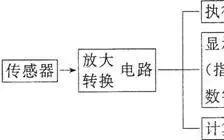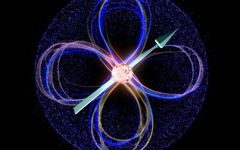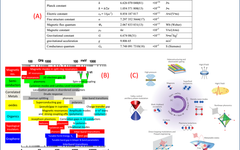Working Principles and Applications of Sensors
1. Sensors Sensors can detect physical quantities such as force, temperature, light, sound, and chemical components, and convert them into a physical quantity (usually electrical quantities like current or voltage) that is easy to transmit and process, or switch a circuit on or off. By converting non-electrical quantities into electrical quantities, measurement, transmission, processing, and … Read more


